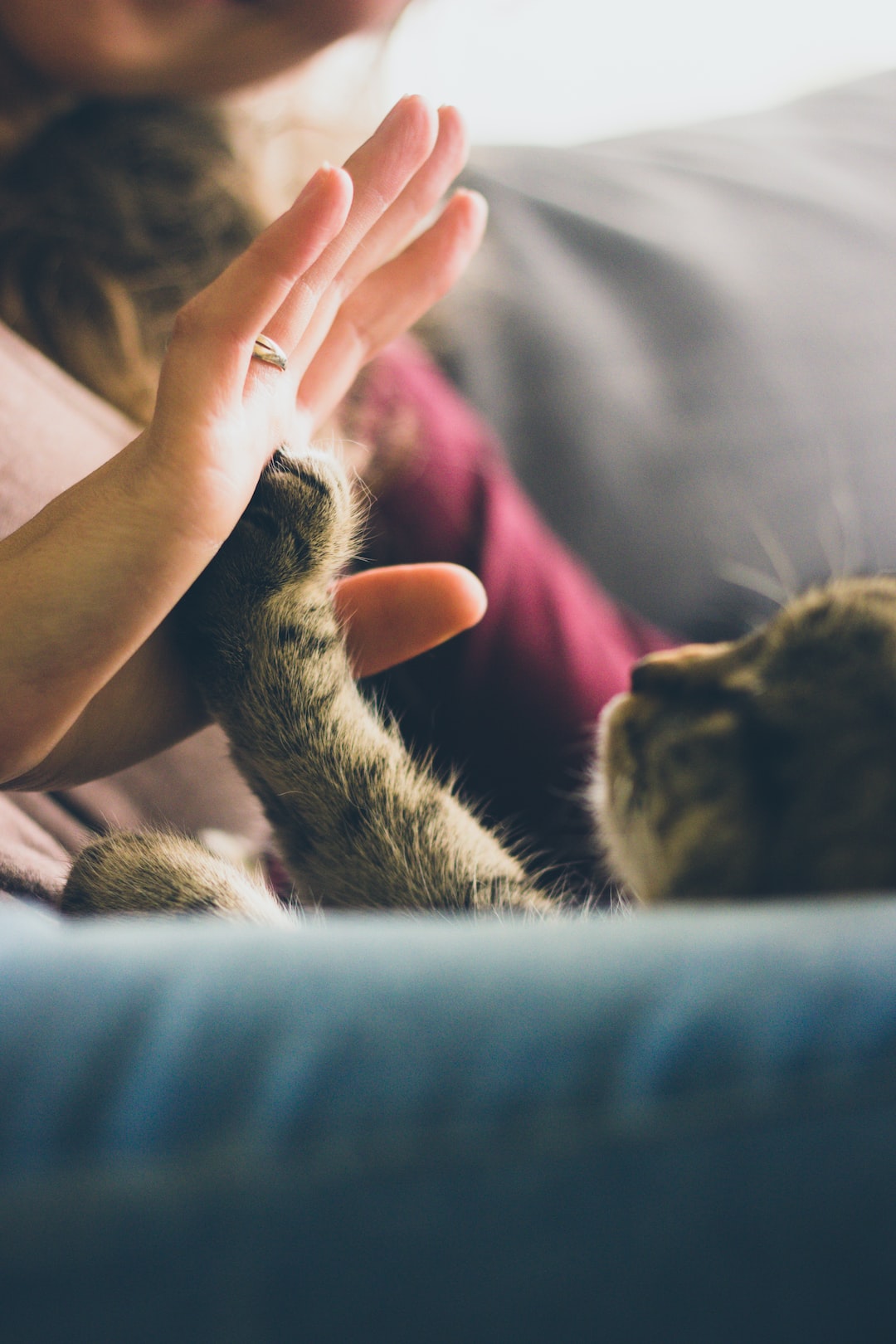The Dos and Don’ts of Training Your New Puppy
Bringing a new puppy into your home is an exciting and joyful experience. However, it also requires responsibility and commitment to ensure your furry friend grows into a well-behaved and happy adult dog. Proper training is key to achieving this goal. In this blog post, we will discuss the dos and don’ts of training your new puppy, to help you establish a strong bond and create a harmonious living environment.
Do: Start training early
Puppies are like sponges, eager to soak up knowledge and learn from their surroundings. Therefore, it is crucial to start training your puppy as soon as you bring them home. Begin with simple commands like “sit,” “stay,” and “come.” By doing so, you lay the foundation for more advanced training in the future. Remember to keep training sessions short and fun, as puppies have short attention spans.
Don’t: Punish your puppy
When your puppy makes a mistake, it is important to remember that punishment is not the way to correct their behavior. Yelling, hitting, or using physical force will only create fear and anxiety in your furry companion, which can lead to behavioral problems. Instead, focus on positive reinforcement. Reward your puppy with treats, praise, and affection when they exhibit desired behaviors. This creates a positive association and helps them understand what is expected of them.
Do: Be consistent
Consistency is key when training your puppy. Use the same commands and cues every time and reinforce them with rewards. This consistency helps your puppy understand what is expected of them and reduces confusion. Additionally, consistency extends beyond training commands. Establishing a routine for feeding, bathroom breaks, and playtime creates stability and helps your puppy feel secure in their new environment.
Don’t: Ignore socialization
Socialization is a critical aspect of puppy training. Introduce your puppy to various experiences, people, animals, and environments from an early age. This exposure helps your puppy become well-adjusted, confident, and less fearful. Organize playdates with other friendly dogs, visit different places, and gradually increase the level of stimuli your puppy encounters. Remember to always prioritize safety and provide positive reinforcement to build positive associations with new experiences.
Do: Use positive reinforcement
Positive reinforcement is the most effective and humane method of training your puppy. Rewarding your puppy for good behavior encourages them to repeat that behavior in the future. Use treats, praise, and affection to show appreciation for desired actions, such as sitting on command or walking politely on a leash. This approach builds a strong bond between you and your puppy and fosters a positive learning environment.
Don’t: Neglect exercise and mental stimulation
Puppies have a lot of energy, and regular exercise is crucial for their physical and mental well-being. Provide daily walks, play sessions, and toys that stimulate their bodies and minds. A tired puppy is more likely to be well-behaved and less likely to engage in destructive behaviors. Engaging in activities like puzzle toys or obedience training also helps them use their cognitive abilities, keeping them mentally sharp and happy.
In conclusion, training your new puppy requires patience, consistency, and positive reinforcement. By starting early, being consistent, and using positive reinforcement techniques, you can help your puppy become a well-behaved and social adult dog. Remember to provide regular exercise and mental stimulation to keep your furry friend happy and healthy. With time and effort, you will build a strong bond with your puppy that will last a lifetime.

